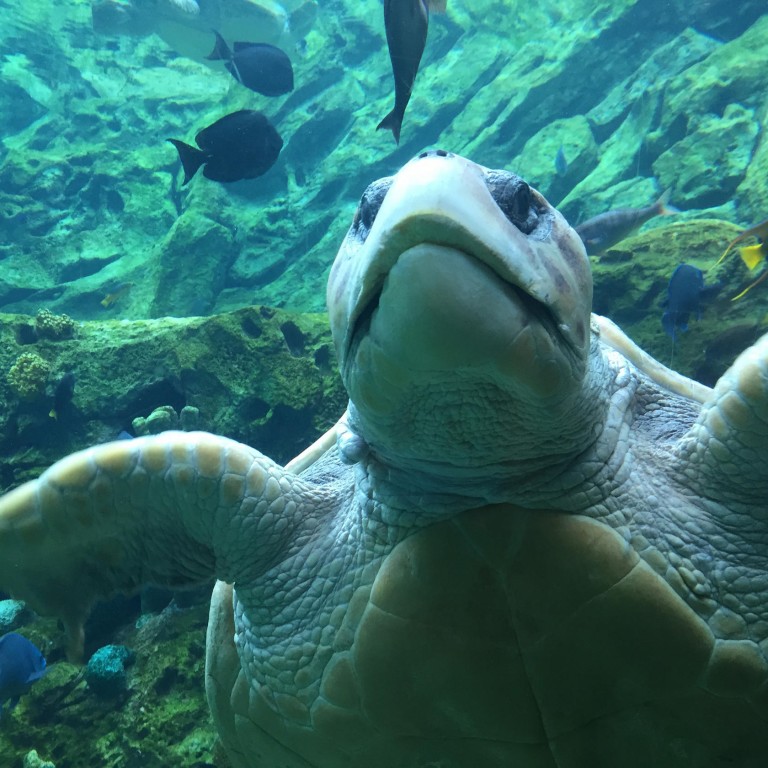
Short Science, January 18, 2015
Researchers now have a new clue to how the female sea turtle, which travel across thousands of kilometres of open ocean each year, manages to navigate back to the same beach where she hatched to lay her own eggs.
Researchers are a step closer to solving a sea turtle mystery that has stumped scientists for decades. They now have a new clue to how the female sea turtle, which travel across thousands of kilometres of open ocean each year, manages to navigate back to the same beach where she hatched to lay her own eggs. Every two to three years, sea turtles dig their nests at the same location where they once crawled out of their own leathery eggs - a behaviour known as natal homing. Scientists have hypothesised that sea turtles may rely on information in the earth's geomagnetic field to help them find their way back to their birth beach. In a paper published in , researchers show that subtle changes in the earth's magnetic field affect where loggerhead sea turtles bury their eggs on the coast of Florida in the US, providing the first clue that what's known as the geomagnetic imprint hypothesis may be correct. "Turtles have evolved a way to use the inclination angle of the geomagnetic field, and its intensity to give them almost an internal GPS," said Roger Brothers, a graduate student at the University of North Carolina in the US and a co-author of the paper. TNS
A monthly injection of an experimental anti-retroviral drug protected female monkeys from vaginal infection by a simian form of HIV, according to two new studies. The research, which was published in , raises hopes for the development of a long-acting pre-exposure prophylaxis drug that would guard against HIV infection. The experimental drug, GSK744 LA, was previously shown to be effective in protecting rhesus macaque monkeys against rectal infection by simian-human immunodeficiency virus, or SHIV. Researchers said injections of the same drug protected 12 of 14 female macaques from vaginal SHIV infection, whereas 10 control monkeys who did not receive the drug were quickly infected. HIV, the virus that causes Aids, continues to spread globally. At least 2.3 million new HIV infections were recorded in 2012, while roughly half of all new cases occur in heterosexual women. Daily pre-exposure prophylaxis drugs have proved effective in preventing HIV infection but that effectiveness is limited by people's inability to keep up with a daily pill regimen. Health officials hope they can solve this problem by creating a drug that can be taken far less frequently. TNS
